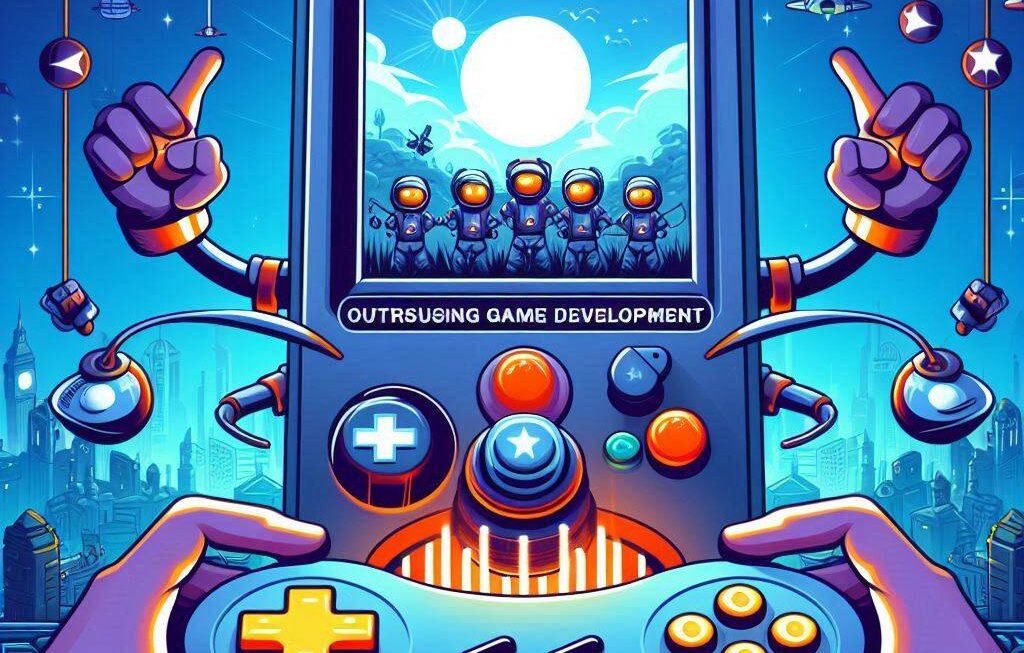Understanding the Xbox 360
The Xbox 360, with its powerful hardware and unique features, presents both challenges and opportunities for developers. To create a seamless gaming experience, it’s crucial to understand the platform’s capabilities and limitations. For instance, the Xbox 360’s Xenon processor, with three cores running at 3.2 GHz, offers significant processing power. However, managing this power efficiently is key to avoiding performance issues.
Lessons from the Past
Case Study: The development of “Project Gotham Racing 4” by Bizarre Creations showcased the importance of optimization. By focusing on reducing load times and improving graphics, the game became a benchmark for Xbox 360 performance. This case study underscores the fact that optimization is not just about meeting minimum requirements but pushing the boundaries of what the platform can deliver.
Optimization Strategies
-
Memory Management: Efficient memory usage is key to avoiding crashes and ensuring smooth gameplay. Use tools like XDK’s Memory Profiler to monitor memory consumption, identify leaks, and optimize memory allocation.
-
Performance Optimization: Reduce draw calls, optimize shaders, and use texture atlases to minimize texture swapping. These techniques can significantly improve frame rates and reduce load times.
-
Debugging and Profiling: Regularly debug and profile your game to identify bottlenecks and areas for improvement. Tools like the Xbox 360 Performance Analyzer can provide valuable insights into performance issues.
“Expert Opinions”
“Optimization is not just about making the game run faster, but also about creating a consistent, high-quality experience,” says John Hight, former Xbox Live Director of Programming. This quote underscores the importance of optimization in maintaining player engagement and satisfaction.
Real-Life Examples
Consider the difference between a game that loads quickly and one that takes minutes to load. The former keeps players engaged, while the latter risks losing them due to frustration or boredom. Similarly, a game that runs smoothly with no lag or stuttering provides a more enjoyable experience than one plagued by performance issues.
The Future of Game Development

As we move towards more powerful platforms like the Xbox Series X, the need for optimization remains crucial. The lessons learned from optimizing for Xbox 360 can be applied to future projects, ensuring games run smoothly and provide an unparalleled gaming experience on these new platforms.
FAQs
1. Q: What tools can I use for memory management in Xbox 360 game development?
A: XDK’s Memory Profiler is a useful tool for managing memory in Xbox 360 game development, but other tools like the Xbox 360 Performance Analyzer and Visual Studio can also be beneficial.
2. Q: How can I optimize my shaders for the Xbox 360?
A: Reducing draw calls, optimizing shaders, and using texture atlases can help minimize texture swapping and improve performance. Additionally, techniques like constant folding, early-Z culling, and vertex caching can further optimize shader performance.
Summary
Optimization is not just a technical necessity; it’s a key factor in creating engaging, high-quality games. By understanding the Xbox 360, employing optimization strategies, and learning from industry experts, you can create games that stand out on this iconic platform and prepare yourself for future game development projects.



